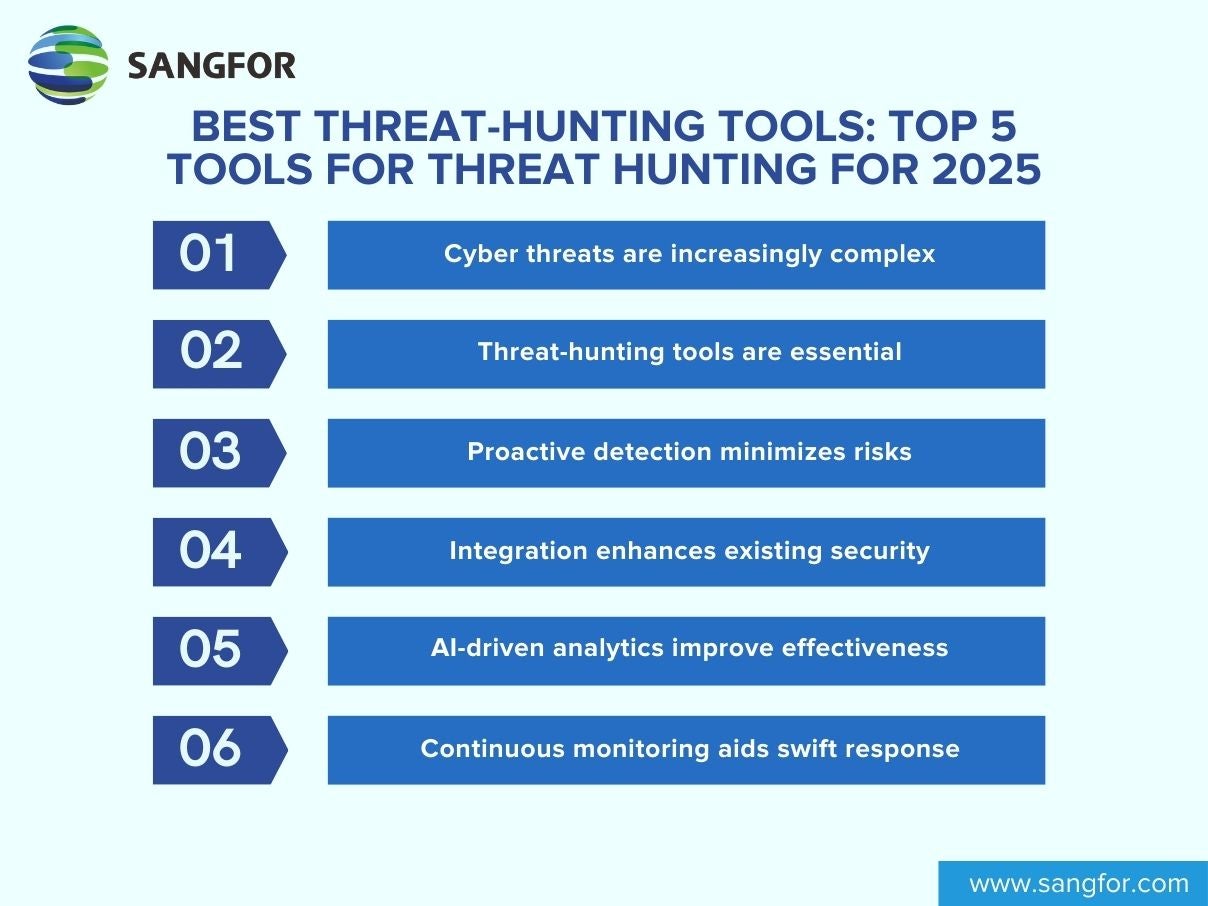Mastering the art of deer scouting is an essential skill for hunters and wildlife enthusiasts who seek to understand the elusive habits of deer. Not only does it enhance the hunting experience, but it also plays a vital role in wildlife management and conservation efforts. In this comprehensive guide, we delve into the essentials of deer scouting, exploring the basic principles, tools, and advanced strategies that promise successful tracking and a deeper appreciation of nature’s subtle complexities.
Discovering the Basics of Deer Scouting

The first step in mastering deer scouting is understanding the behavior and habitat preferences of deer. Deer are creatures of habit, often following the same trails and patterns unless disrupted by human or environmental factors. Familiarizing yourself with their seasonal movements and feeding patterns is crucial. It is also essential to recognize their preferred habitats, which often include areas rich in food sources like acorns, cornfields, and green browse. Understanding these basics will guide you in locating potential scouting sites.
Another fundamental aspect of deer scouting is recognizing signs of deer presence. Tracks, droppings, rubs, and scrapes are all indicators that deer frequent an area. Tracks can reveal the number of deer and their size, while droppings can help determine their diet and health. Rubs and scrapes, typically found during the rutting season, mark territories and breeding activities. By learning to identify and interpret these signs, you can begin piecing together a detailed picture of the deer’s habits and patterns.
Timing is critical in effective deer scouting. Early mornings and late afternoons are prime times for observation, as deer are most active during these hours. Additionally, scouting during different seasons can yield varying insights. For instance, pre-season scouting in late summer or early fall can help identify feeding areas, while post-season scouting provides clues to deer behavior throughout the hunting season. By integrating these timing considerations into your scouting routine, you will maximize your chances of success.
Tools and Techniques for Optimal Results

Modern technology offers various tools that can enhance deer scouting efforts. Trail cameras are invaluable for monitoring deer activity around the clock without disturbing the environment. By strategically placing cameras near trails, feeding areas, and water sources, you can gather data on deer movement patterns and population density. This information is crucial for making informed decisions about hunting or wildlife observation.
Mapping tools and apps also play a significant role in effective deer scouting. GPS and topographic maps can help you understand the terrain and identify strategic locations for scouting. Mapping apps often provide real-time updates on weather conditions, which can influence deer behavior. By utilizing these digital resources, you can plan your scouting trips more efficiently and increase your chances of encountering deer.
Beyond technology, traditional techniques remain valuable. Ground surveys and tree stands offer direct observation opportunities, allowing you to see deer behavior firsthand. Learning to move quietly and blend into the environment is essential to avoid spooking deer. Additionally, scent control measures, such as using scent-eliminating products or playing the wind, are critical to maintaining a low profile. Combining these tools and techniques can significantly enhance your deer scouting effectiveness.
Advanced Strategies for Successful Deer Tracking
Once you have mastered the basics and equipped yourself with the right tools, it’s time to explore advanced deer tracking strategies. One such strategy is pattern scouting, which involves tracking deer movements over time to predict future behavior. By analyzing data from trail cameras and field observations, you can identify patterns and anticipate where and when deer will appear. This predictive approach allows for more targeted scouting and hunting efforts.
Another advanced technique is understanding the impact of environmental factors on deer behavior. Weather conditions such as temperature, wind, and precipitation can affect deer movement and activity levels. For example, deer tend to move less during extreme weather and are more active during stable, mild conditions. By correlating these environmental patterns with your scouting data, you can optimize your tracking strategy and better align it with the deer’s natural behavior.
Finally, integrating knowledge of deer biology and ecology can elevate your scouting skills. Understanding the deer’s life cycle, including breeding and fawning periods, can help predict their movements and preferred habitats throughout the year. Additionally, studying the ecological interactions between deer and their environment can provide insights into suitable scouting locations. By combining these advanced strategies with foundational skills, you can achieve a comprehensive understanding of deer tracking, leading to more successful and enriching experiences.
Mastering deer scouting is a journey that combines knowledge, technology, and skill. By understanding the basics, leveraging the right tools, and employing advanced strategies, you can significantly enhance your deer tracking abilities. Whether for hunting or wildlife observation, these insights open up a deeper connection to nature, fostering a greater appreciation for the delicate balance of our ecosystems. As you hone your skills, remember that each outing offers an opportunity to learn and grow, bringing you closer to mastering the art of deer scouting.




